Karthik K
Improving Clinical Diagnosis Performance with Automated X-ray Scan Quality Enhancement Algorithms
Jan 17, 2022Abstract:In clinical diagnosis, diagnostic images that are obtained from the scanning devices serve as preliminary evidence for further investigation in the process of delivering quality healthcare. However, often the medical image may contain fault artifacts, introduced due to noise, blur and faulty equipment. The reason for this may be the low-quality or older scanning devices, the test environment or technicians lack of training etc; however, the net result is that the process of fast and reliable diagnosis is hampered. Resolving these issues automatically can have a significant positive impact in a hospital clinical workflow, where often, there is no other way but to work with faulty/older equipment or inadequately qualified radiology technicians. In this paper, automated image quality improvement approaches for adapted and benchmarked for the task of medical image super-resolution. During experimental evaluation on standard open datasets, the observations showed that certain algorithms perform better and show significant improvement in the diagnostic quality of medical scans, thereby enabling better visualization for human diagnostic purposes.
* Presented and Accepted in International Conference on Advances in Systems, Control and Computing (AISCC-2020) at Malaviya National Institute of Technology, Jaipur, India, February 27-28, 2020
An Automated Robotic Arm: A Machine Learning Approach
Jan 07, 2022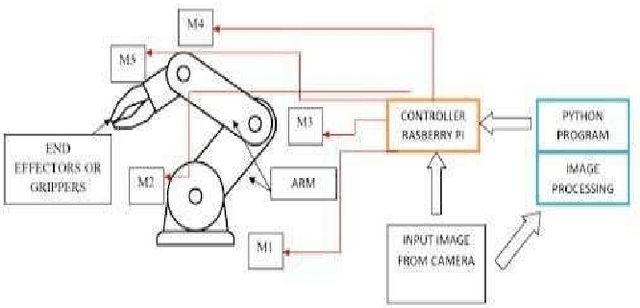
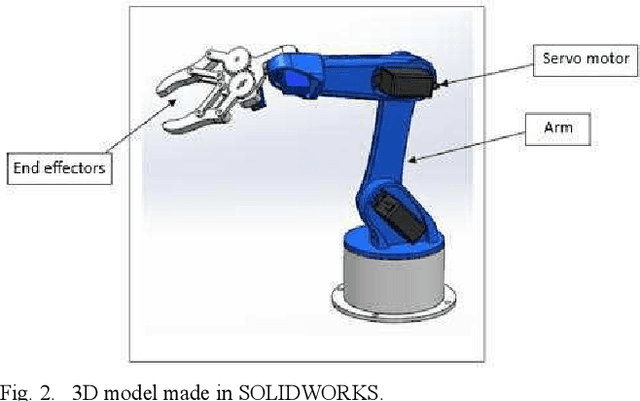
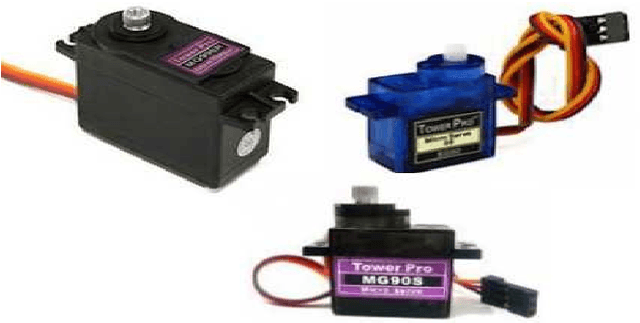
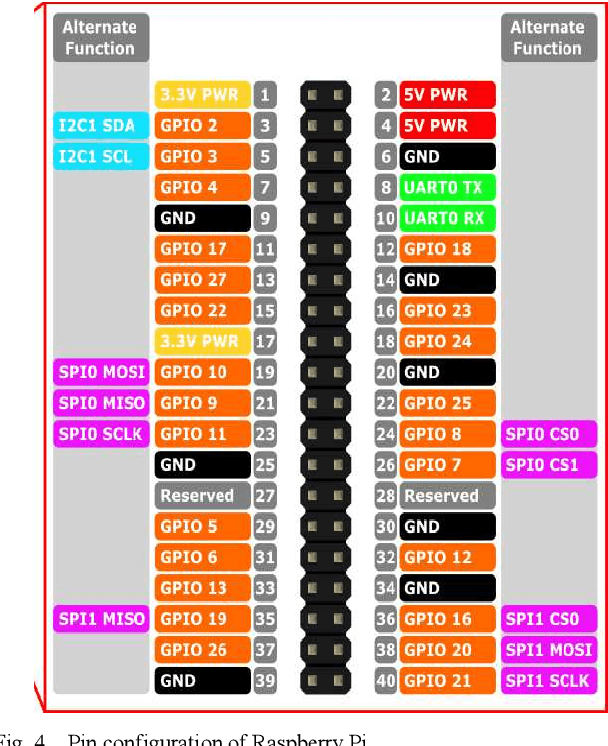
Abstract:The term robot generally refers to a machine that looks and works in a way similar to a human. The modern industry is rapidly shifting from manual control of systems to automation, in order to increase productivity and to deliver quality products. Computer-based systems, though feasible for improving quality and productivity, are inflexible to work with, and the cost of such systems is significantly high. This led to the swift adoption of automated systems to perform industrial tasks. One such task of industrial significance is of picking and placing objects from one place to another. The implementation of automation in pick and place tasks helps to improve efficiency of system and also the performance. In this paper, we propose to demonstrate the designing and working of an automated robotic arm with the Machine Learning approach. The work uses Machine Learning approach for object identification detection and traversal, which is adopted with Tensor flow package for better and accurate results.
A Bag of Visual Words Model for Medical Image Retrieval
Jul 18, 2020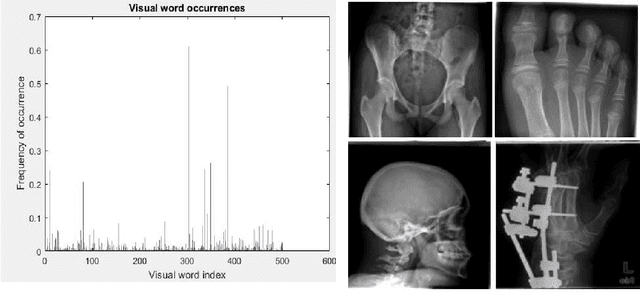
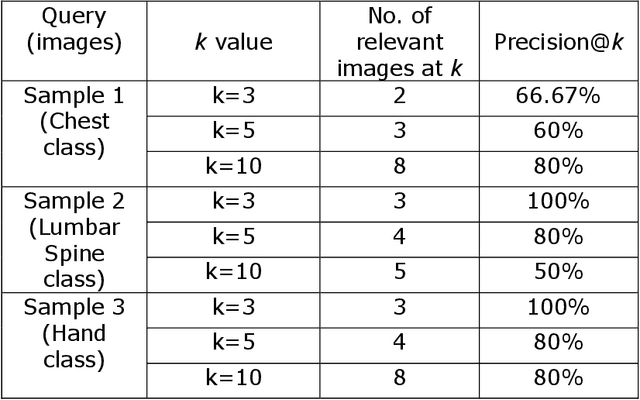
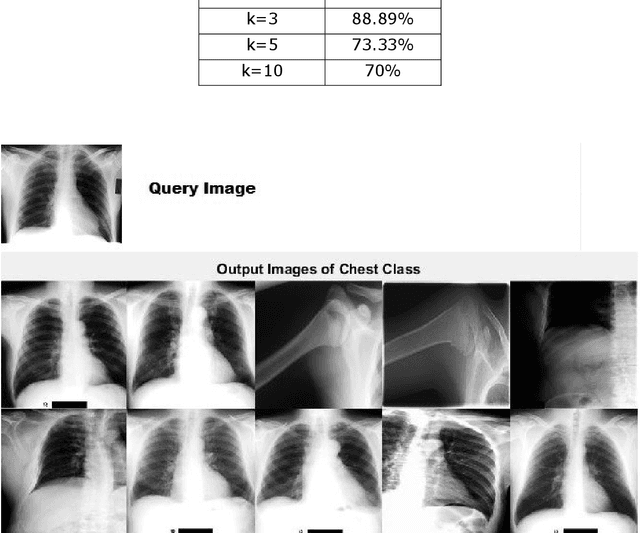
Abstract:Medical Image Retrieval is a challenging field in Visual information retrieval, due to the multi-dimensional and multi-modal context of the underlying content. Traditional models often fail to take the intrinsic characteristics of data into consideration, and have thus achieved limited accuracy when applied to medical images. The Bag of Visual Words (BoVW) is a technique that can be used to effectively represent intrinsic image features in vector space, so that applications like image classification and similar-image search can be optimized. In this paper, we present a MedIR approach based on the BoVW model for content-based medical image retrieval. As medical images as multi-dimensional, they exhibit underlying cluster and manifold information which enhances semantic relevance and allows for label uniformity. Hence, the BoVW features extracted for each image are used to train a supervised machine learning classifier based on positive and negative training images, for extending content based image retrieval. During experimental validation, the proposed model performed very well, achieving a Mean Average Precision of 88.89% during top-3 image retrieval experiments.
 Add to Chrome
Add to Chrome Add to Firefox
Add to Firefox Add to Edge
Add to Edge